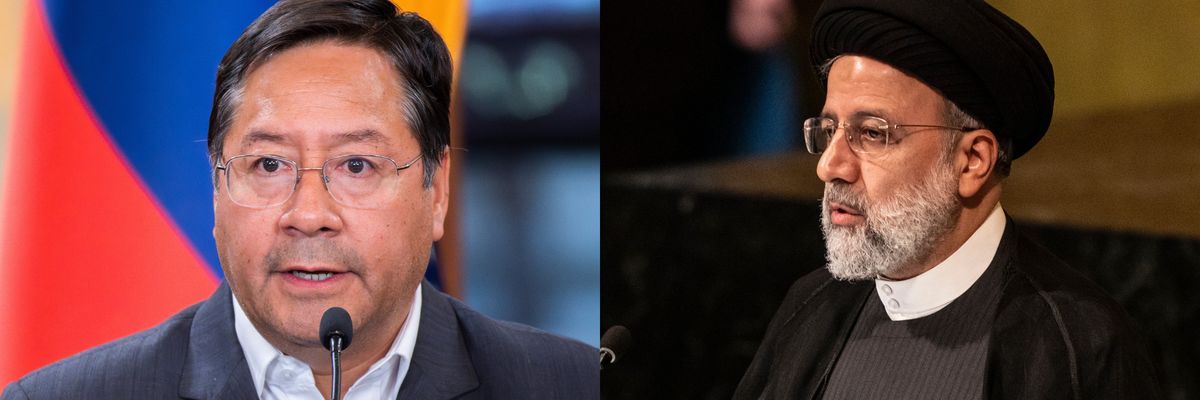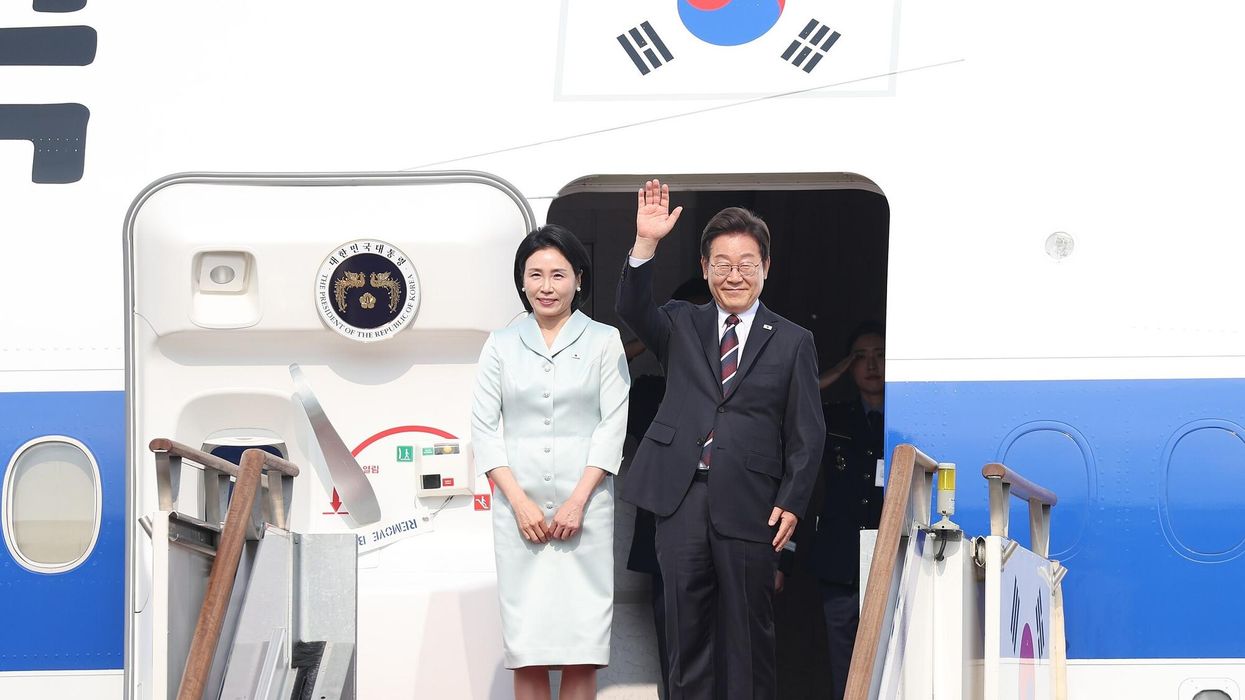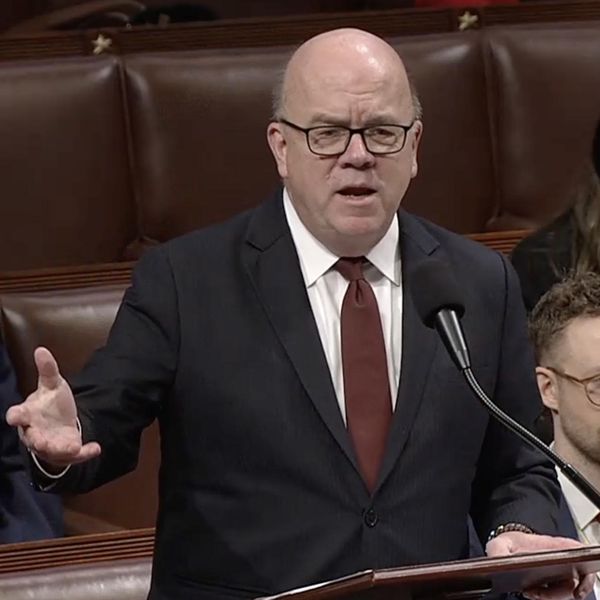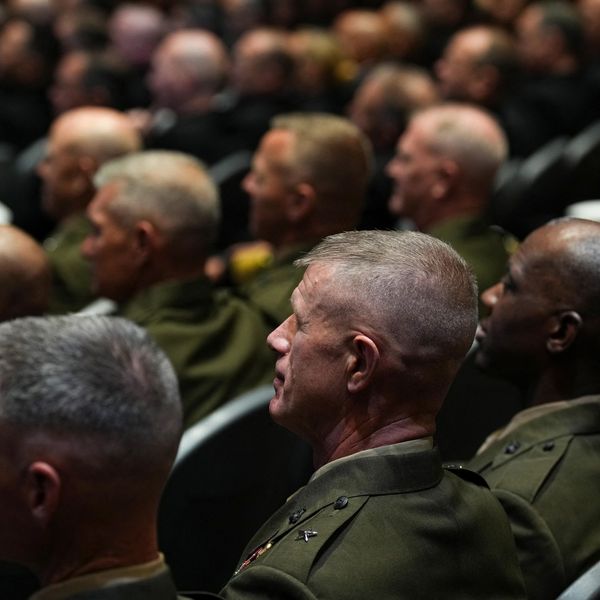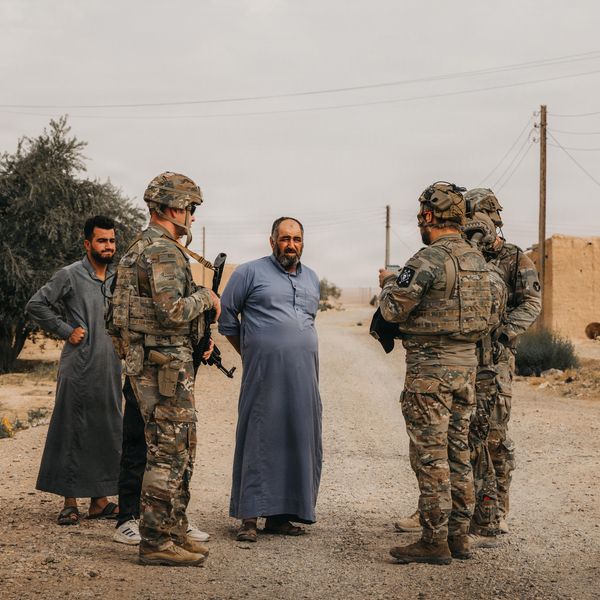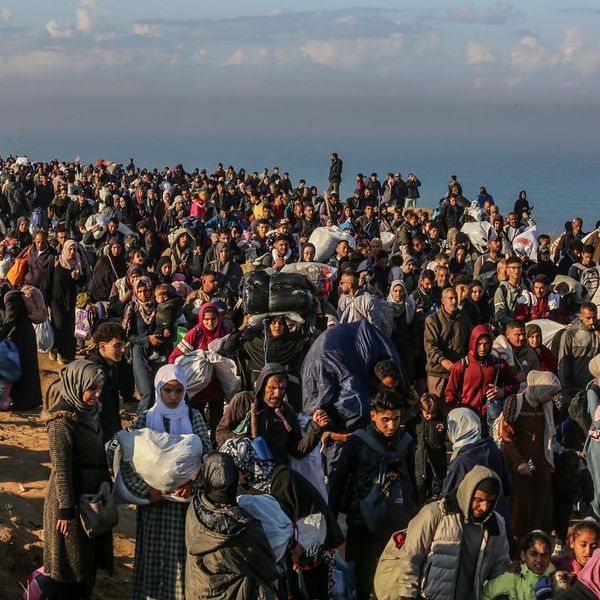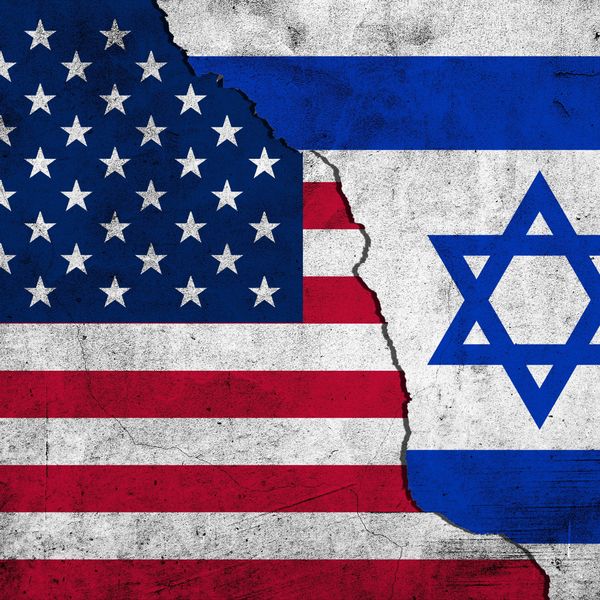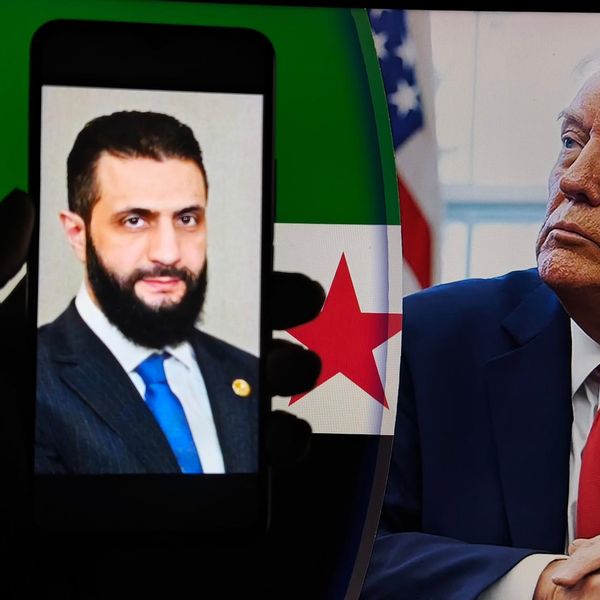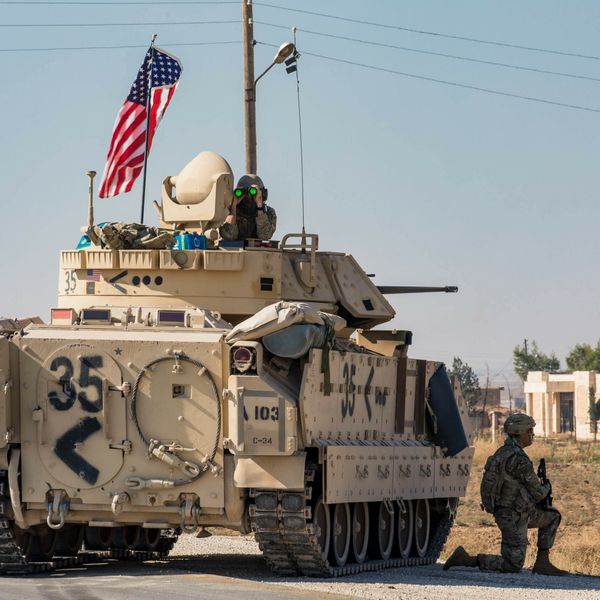Just days after Iranian President Ebrahim Raisi’s trip to Venezuela, Cuba and Nicaragua, concerns about Tehran’s “infiltration” of Latin America were reignited with a deal signed by the Middle Eastern nation with Bolivia on July 20.
On a visit to Tehran, the minister of defense of Bolivia, Edmundo Novillo, reportedly signed a memorandum of understanding with his Iranian counterpart, Mohammad Reza Ashtiani. The Washington Post and The Times of Israel were among those that sounded the alarm over prospects of Iran boosting its influence in South America. So did the usual suspects: The Institute for the Study of War, a partner organization of the neoconservative American Enterprise Institute, which for years has magnified Iran’s threat in the Western Hemisphere, claimed that Iran sought to sell drones to Bolivia as part of that agreement.
They were joined by a group of opposition lawmakers in Bolivia and Argentina, which has a strained relationship with Iran due to allegations that Tehran was responsible for a deadly bombing on Argentine soil against a Jewish community center in 1994 (despite the fact that Israel’s intelligence service Mossad has concluded that Iran had no operational role in this murderous attack and attributed it instead to Iran’s Lebanese ally Hezbollah).
Yet the coverage of the Bolivia-Iran deal in both the Post and the Times of Israel belies more alarmism than may be warranted. It also fails to take into consideration a broader context in which this transaction and the reactions to it took place.
To begin with, the sides chose not to make the content of this memorandum public, so most of the commentary and the ensuing alarm are necessarily speculative. The Bolivian defense minister shed some light on the deal. He confirmed that it might enable Bolivia to acquire Iranian drones and boats for border control and fighting drug trafficking – an area where Iran admittedly has a wealth of expertise.
Novillo, however, fell short of confirming that La Paz actually intended to acquire those drones. Contrary to some of the wilder speculation in Bolivia, he also categorically ruled out an acquisition of Iranian ballistic missiles.
For Iran, the deal has only upsides: It contributes to breaking the narrative of its diplomatic isolation, validates the strategy of forging “south-south” links in addition to its “Look East” policy and demonstrates its ability to poke the U.S. in the eye in the Western Hemisphere. The agreement also enhances Tehran's standing as a producer of competitive security equipment; its drones are already being exported to 22 countries, and Bolivia could be next if it so decides.
Besides, if the agreement’s status is indeed just a memorandum of understanding, as seems likely, and not an enforceable contract, it does not actually commit Iran to deliver anything tangible. More likely, Iran’s relations with Bolivia will follow the same pattern as with Venezuela, Cuba and Nicaragua: a lot of rhetorical “anti-imperialist” posturing to annoy their common adversary — the United States — without effectively changing the security equation in Latin America.
Given Iran’s limited capabilities, that is already enough to further its diplomatic objectives.
In addition, forging closer ties with Bolivia is not likely to adversely affect, at this point, Iran’s relations with other players in South America. Since President Luiz Inacio Lula da Silva’s return to power in Brazil, Iran enjoys good relations with this regional powerhouse.
As to the disquiet over the deal in Argentina, it is mostly limited to the opposition; it is notable that both The Post and the Times of Israel only quoted its representatives in their coverage. Some opposition members blasted the deal as “an insult and an aggression against Argentina” and demanded the government in Buenos Aires condemn it and demand its revocation. Yet these statements should be seen in the context of the presidential elections in Argentina later in this year, with the conservative opposition trying to portray the ruling left-leaning Peronists as weak on Iran.
The Argentine government did ask for clarifications from Bolivia on the scope and scale of the deal, but it is unlikely to stoke tensions with La Paz with which it shares a border, a host of common interests and some ideological affinity. Nor would it seek renewed tensions with Iran, as both Buenos Aires and Tehran are trying to forge closer ties with the BRICS countries (Brazil, Russia, India, China, and South Africa).
Of further note, the Argentine opposition is on shaky ground when it demands accountability from the government on Bolivia policy. In fact, a legal case is pending based on the credible allegations that, when the current opposition was in power through the end of 2019, it actively supported — including through illicit arms transfers — Bolivian putschists who mounted a coup against Bolivian President Evo Morales after he won re-election amid unsubstantiated claims of fraud.
Then-president of Argentina Mauricio Macri and then-minister of national security Patricia Bullrich, who is currently running for president, are both implicated in the case.
And herein lies the crux of the matter: The Trump administration also fully supported the 2019 coup in Bolivia at the time based on a now comprehensively debunked narrative that Morales had stolen the election. Washington also enlisted the Organization of American States (OAS), a purported guardian of democratic principles in Latin America, to legitimize and promote that false narrative.
The ensuing coup has led to a brutal repression of the supporters of Morales’ Movement To Socialism (Movimiento Al Socialismo or MAS), including the killings of dozens of unarmed protestors, the obstruction of international human rights observers fulfilling their mandates and systemic violence against indigenous communities, among other abuses.
Biden has continued to embrace the narrative of electoral fraud based on the OAS’ highly questionable conclusions, as evidenced by the Biden’s State Department’s report to the Congress on the matter.
After MAS won the presidential election in October 2020, opposition forces reportedly plotted yet one more coup attempt — allegedly involving the deployment of U.S. mercenaries — to prevent incoming President Luis Arce from taking power.
It should come as little surprise that the Bolivian government would try to assert its sovereignty and independence by cultivating ties with states that may not be to Washington’s liking. Unfortunately, that context is entirely missing from the Post’s reporting on the country’s “opaque” dealings with Iran.

